|
Besides Georgia O’Keeffe? I bet nobody comes to mind. However, the architect who built the Mosque up on the mesa near Plaza Blanca, at Dar-al-Islam, was actually very well known beyond the borders of his country, Egypt. His name was Hassan Fathy, famous for incorporating sustainable architecture and traditional concepts and materials into his designs. He was born in Alexandria/Egypt in 1900 and graduated in 1926 from what is now Cairo University, with a focus on architecture and engineering. He soon gained a reputation for creating sustainable and affordable buildings. His designs were concerned with the problems of the poor and tried to improve their standard of living. He became known as the Architect for the Poor and actually published a book by that name. Besides working in Egypt, he also completed major projects in Greece, Iraq, and Pakistan. In 1976 he participated in the U.N.Habitat conference in Vancouver, Canada. He held several international positions and was given a number of prestigious awards. For example, in 1980 he received the Right Livelihood Award, which honors courageous change-makers. When he died in 1989 he left behind a legacy of about 160 building projects which ranged from New Gourna, a housing project near Luxor which used traditional techniques such as adobe bricks and offered shelter for 3,200 displaced families, to elegant private residences in different cities in Egypt, to the Dar-al-Islam Mosque and Educational Center right here in Abiquiú. Construction began in 1980. On one of the most blusterous days of this unusually wintery March, I met with Fatima van Hattum, a soon-to-be PhD graduate and program director at New Mexico’s statewide women’s foundation, who had actually gone to school at Dar-al-Islam and currently serves on the board. She kindly took some time off her busy schedule to show me all around the premises. We entered the compound from the back, and while I admired the beautiful lattice windows and carved wooden doors of the classroom we were in, Fatima told me a bit about the history of Dar-al-Islam. An American couple, and other community members, many of whom had converted to Islam, conceived the idea of founding a Muslim community, a religious and educational center where people from all over the world could live and study and worship together. Princess Moudi, a daughter of the late King Khalid of Saudi Arabia, provided some of the original funding. The original founders bought a 5,000-acre area in Abiquiú because they were attracted to the cultural diversity of the land: Native Americans, Hispanics, and Anglos all live next to each other. It was a very ambitious project. They had meetings, studied Islam, read books, and then they started this building. It is all made with adobe, although some of it was finished later, after the school closed. When I admired the doors, I remembered that Fatima’s father, Benyamin van Hattum, is a master woodworker, and I asked whether he made them? “Yes, my father made all the doors”, she replied. “He is a master carpenter, and when they were looking for a carpenter in the community, they asked him, and he did all the woodwork. Some doors have specific verses, often about knowledge, carved into them.” When Hassan Fathy came to Abiquiú to build the mosque and the other parts of the complex, he brought two master masons from Upper Egypt who showed the local builders how to construct the domes and vaults with adobe bricks. Although adobe is also used in New Mexico, the pueblo people use different techniques, Fatima tells me. We’re entering a dorm now. I admire the style of the window lattices and doors: they’re Nubian, from Upper Egypt, Fatima explains. The window style using triangles is Northern African. Adobe is an Arabic word! It means clay brick. I certainly didn’t know that. Fatima continues: “At its peak time, 30 to 40 families lived here, when the school was running. It went up to the 6th grade. That’s where my older siblings and I went to school. I was in Kindergarden. Some families lived right here on the mesa.” “In the early 90s they lost the funding from Saudi Arabia and the school closed. Dar-al-Islam became more of a retreat center, and its most consistent program has been a Teachers’ Institute. Teachers from all over the country come to learn how to teach about Islam. And in the summer it’s rented out for retreats and camps to folks from all over the country.” “The school employed a lot of people. Dar-al-Islam also owned the Abiquiú Inn, and all the land around it. There was a mechanic, a laundromat; many different businesses employed many people. When the school closed, a lot of people moved away. At its best time, it was a very diverse and lively community,” We next enter a recent addition, built in the last five years maybe. It’s a retreat space, rented out to groups and workshops, to larger groups from different programs, all related to Islam. The governance of the organization has changed over time after the school closed, it was managed more from afar. But this is changing again: there is a new board since last year, and Fatima and other locals who grew up in Abiquiú are members. The consensus is that it’s a space for Muslims and Non-Muslims, a space for contemplation, prayer, and reflection for community and friends. Fatima takes me to the library: “They put a lot of effort into the collection. There are Arabic books, English books, all about Islam. Also books about the different regions of North Africa and the Middle East. There are sections for Fine Arts, Education, Language and Literature – sections related to a broad range of subjects. Ideally, in the future, everyone in the community could use the library”. We enter two other courtyards. “During recess, this is where we kids would play. Some of the classrooms opened onto these courtyards”. The big building had classrooms for all the different grades. It leads to the new part, and then to the mosque. “The mosque was the first building that was built, everything else was subsequently built. It is ALL adobe – the entire compound. This is an incredible feat. The architect gave lectures and workshops. People came from all over to learn”. Fatima explains the building process some more: “It’s similar to New Mexico adobe, the way the bricks are made is similar, but the domes, squinches, and the vaults are different.” We are in an adobe dome, and Fatima tells me to stand in one corner and put my face in that corner. She then stood in the opposite corner and whispered something – it came across loud and clear, out of MY corner, loud enough so that I could hear it! These interesting acoustics are also in the Mosque. (To see lots of photographs from the construction of the adobe buildings, click here). We take our shoes off so we can enter the Mosque. The beauty of the space combines New Mexican and Middle Eastern art. The latillas and vigas are so New Mexican, and the windows are North African. We enter the room where people wash before going to pray. And now we see the front door – we had come in through the back door, the school. During the summer, people pray here every week. We look at the walls: they’re incredibly thick, four to five feet. Fatima had just defended her PhD dissertation, so now she has more time to dedicate herself to a project about the local history – documenting the oral history of people here, with stories of people who have lived here. She feels that the lessons of the past are so important, that we need to preserve and learn from its wisdom.
Once outside, we reach the playground. On a bright day, one can see the Pueblo de Abiquiú, the valley, and the Sangre de Cristo Mountains, but today everything is grey. Dark grey, light grey, almost white – it swallowed up everything that is more than 100 yards away. But the interesting journey that Fatima took me on, into the past, into different cultures and continents, made me forget the bleak weather. I enjoyed her knowledge and commitment.
12 Comments
Joanne Holman
4/7/2023 08:40:22 am
Thanks for sharing this article. Very full of details and I’m glad to be able to see the additional,photos, too!
Reply
Jessica Rath
4/7/2023 12:41:20 pm
Yes, those photos are so interesting.I couldn't add them to the article because of copyright requirements, but the link circumvented any problems!
Reply
Birgitte
4/7/2023 10:22:43 am
Thank you for this informative article. The North African influence in our culture and vocabulary is much underestimated.
Reply
Jessica Rath
4/7/2023 12:42:32 pm
What a great idea, Birgitte -- I will certainly do some research!
Reply
Iren Schio
4/7/2023 01:04:49 pm
Thank you for the wonderful article Jessica .
Reply
Jessica Rath
4/8/2023 04:08:07 pm
That's so kind, thanks, Iren!
Reply
Mary Pahl
4/7/2023 01:10:48 pm
This was so interesting, Jessica! Thanks for writing it.
Reply
Jessica Rath
4/8/2023 04:08:46 pm
Glad you liked it, Mary -- thanks!
Reply
Janice Quinn
4/8/2023 09:25:02 am
Thank you for this great article! I”ve never been inside the mosque and have always wanted to see it. I have a friend who worked on the construction and I’m sure he’ll be interested in your article too.
Reply
Jessica Rath
4/8/2023 04:12:09 pm
That's so interesting, your friend worked there! Click on the link to pictures -- there are some of people worling on the site, maybe your friend is one of them!
Reply
4/14/2023 07:00:59 am
Wonderful article, love the mosque and visiting the White Place 👍❤️
Reply
4/14/2023 04:43:02 pm
Thank you for this article Jessica. We really appreciate your sharing all of these details. The mosque is always open.
Reply
Your comment will be posted after it is approved.
Leave a Reply. |
Submit your ideas for local feature articles
Profiles Gardening Recipes Observations Birding Essays Hiking AuthorsYou! Archives
October 2025
Categories
All
|

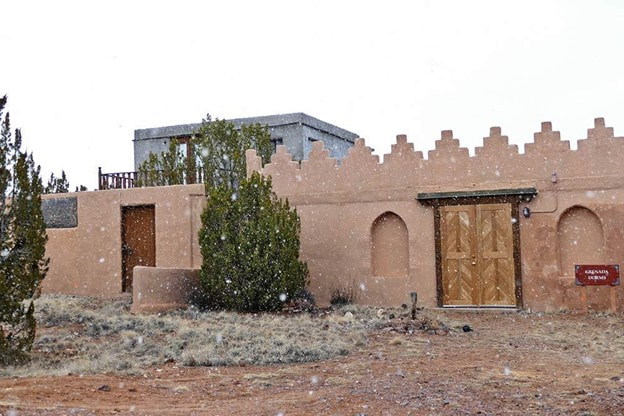


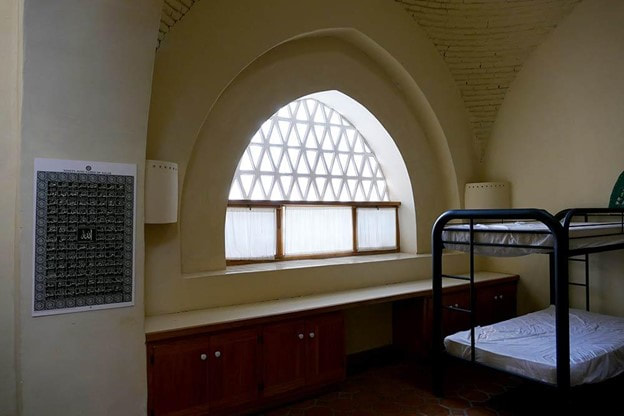
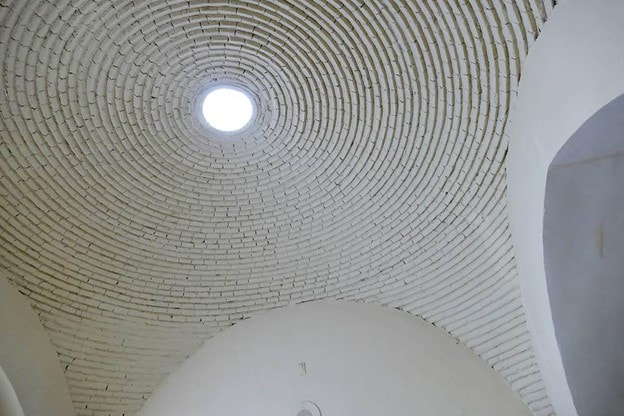
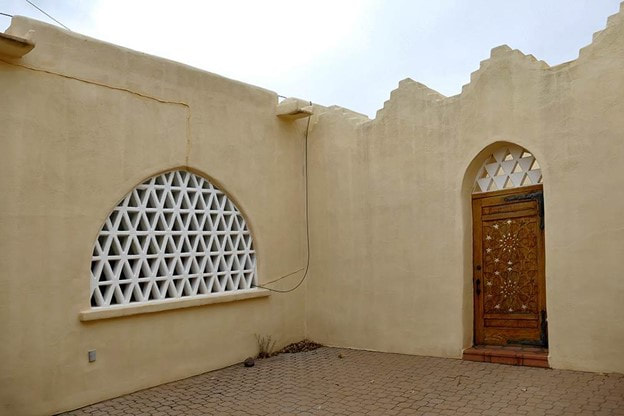
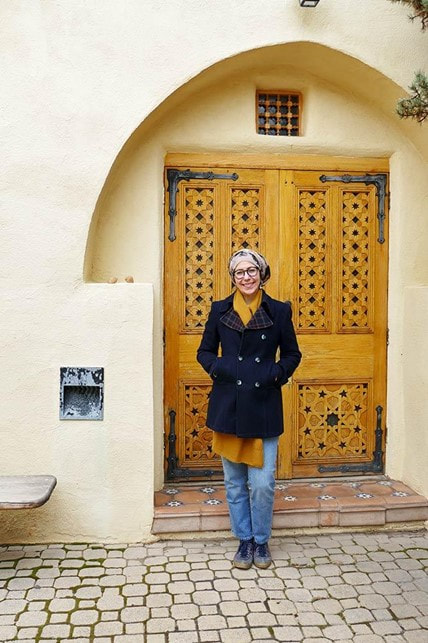
 RSS Feed
RSS Feed